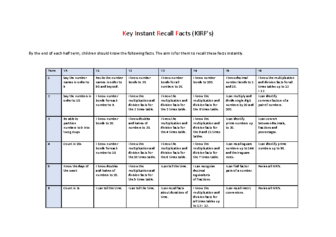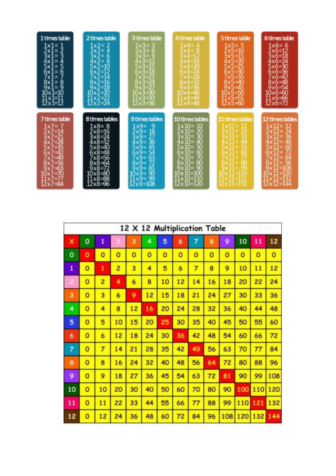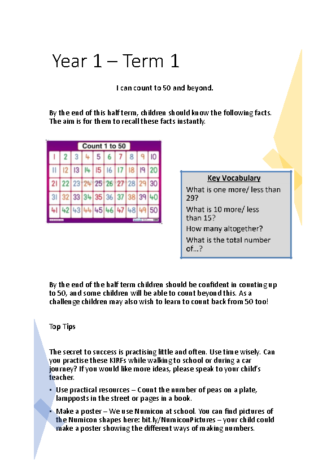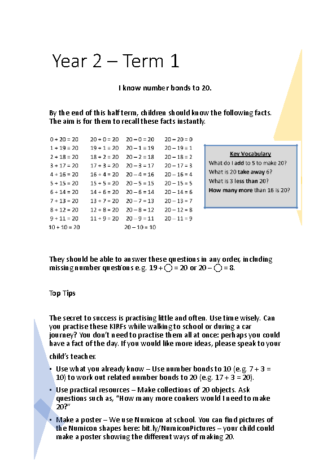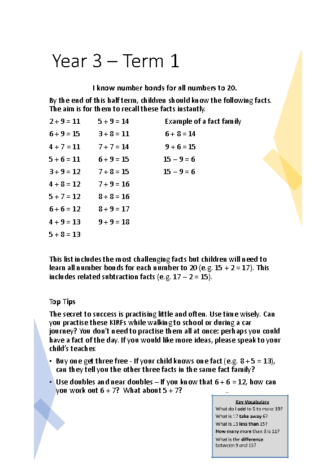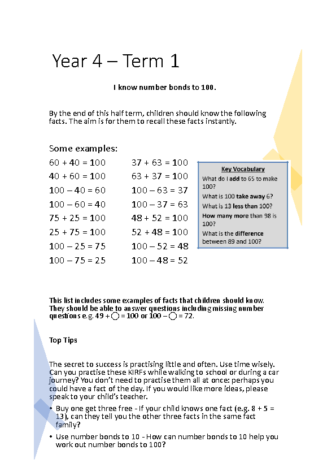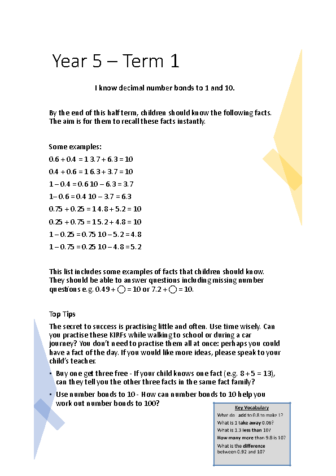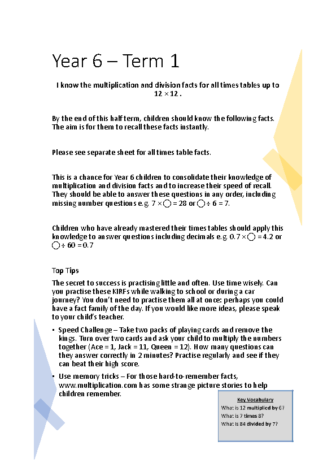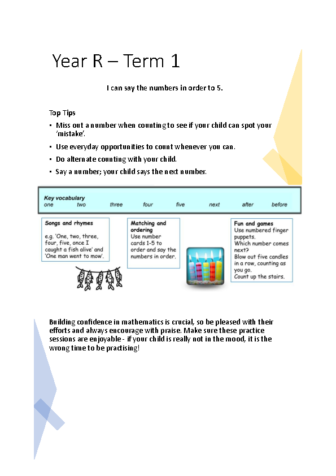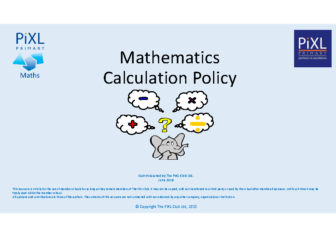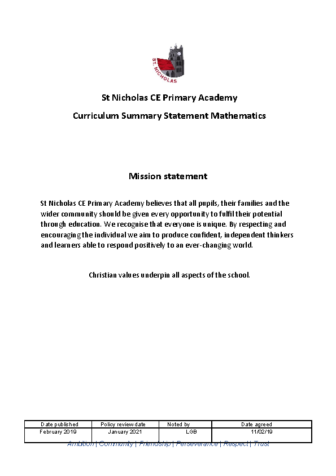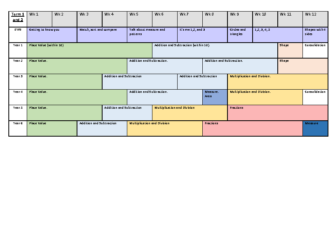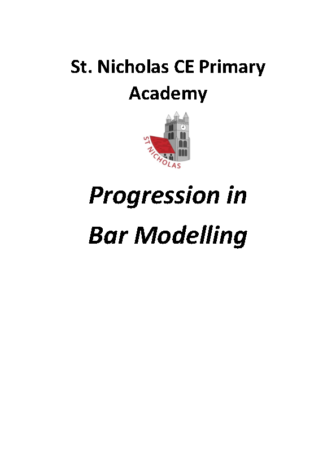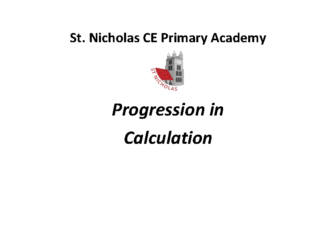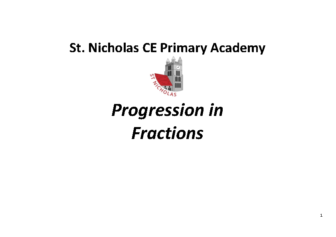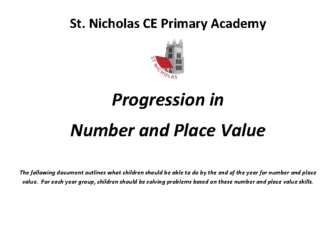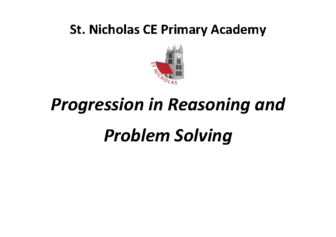Our school curriculum is driven and shaped by our school vision, which informs everything that we do.
St Nicholas provides a welcoming, inclusive and aspirational learning environment at the heart of its community. We nurture, encourage and support all children, adults and their families to be the best as God intended. Following God’s example of love and trust, we develop resilience and creativity in all we do.
Learning, loving and encouraging through Christ.
An uncompromising focus on pupils’ personal development has made St Nicholas Church of England Primary Academy a place where pupils always come first. Ofsted 2019
At St. Nicholas we follow the White Rose Scheme of learning within mathematics in years 1 – 6. EYFS work towards their Early Learning Goals.
Each class in years 1 – 6 uses the ‘Teach, Practice, Apply and Embed’ (TPAE) approach, which allows the children to develop a deeper understanding of each mathematical concept. Through using the TPAE approach in our teaching and learning of mathematics, all children are given the opportunity to achieve mastery or work at greater depth.
 Our Mathematical Learning Journey
Our Mathematical Learning Journey
All children will complete a ‘Cold Task’ (pre – assessment) to assess their knowledge and understanding of each concept, which the class teacher will then use to assess where the learning needs to be pitched and generate learning goals. A ‘Hot Task’ will be used to assess the children’s understanding at the end of each unit.
‘Teach and Practice’
Children are given the opportunity to develop their fluency within each concept through precision teaching with the class teacher or teaching assistant. They are then given the opportunity to practise these skills independently in a variety of different forms to ensure a good understanding.

(Year 3, Place Value. Taken from the White Rose)
‘Apply and Embed’
Once a child has demonstrated their fluency within a mathematical concept, they then work towards mastery within this area. This will include a variety of reasoning and problem-solving activities where the children are able to show a deeper mathematical understanding and make connections within other areas of mathematics.
(Year 3, Place Value. Taken from the White Rose)

What are the benefits of TPAE?
- A flexible system that may look slightly different in each year group.
- Assessment is accurate and robust.
- Planning is personalised.
- All adults are utilised and have impact.
- Progress is clear to both adults and children.
- Children are NOT in Maths groups so never feel like they cannot do Maths.
- ALL children aspire to move their learning on to the next step within a lesson.
- Independence is promoted.
- A buzz is generated around Maths in all year groups.
- Children are suitably challenged on a daily basis.
- Resilience in Maths is encouraged.
- Problem solving, reasoning and mastery have become part of daily lessons / culture.
- Everybody is aspirational.
- More children are reaching the expected standard and greater depth is catered for / encouraged.
- Maths is always moving forward and growing.
Each stage of this learning journey encourages the use of a range of resources to further develop mathematical understanding.
These include:
Concrete: items that the children can pick up and manipulate to show their understanding e.g. place value counters.

Pictorial: images to enhance understanding, which are either provided for the child or drawn by the child to demonstrate their understanding or to show how they worked something out.

Abstract: calculations.
100 + 100 + 30 = 230
Formal assessments are completed on a termly basis, with SATs in years 2 and 6 in May.
Ways to support your child at home
Within in each year group, children are taught facts that they need to be able to recall quickly and without having to spend lots of time working out the answers. We call these ‘Key Instant Recall Facts or KIRFs. It would be really helpful to work through these with your child at home on a regular basis. It is always useful to look at facts from younger year groups just to make sure that these don’t get forgotten over time.
Please do talk to your child about their learning at home. Maths is all around us and can be carried out in a variety of different ways, for example cooking, counting out money and testing your child on times tables during a car journey, etc.
As a school, we have subscribed to the following websites:
Times Tables Rock Stars (Years 2 – 6)
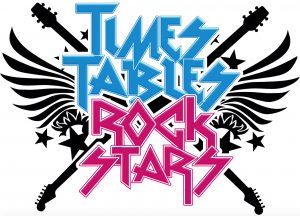
The children are encouraged to use this at home in order to develop their quick recall of multiplication facts. Each week success stories are celebrated on our ‘TTRS Hall of Fame’ display in the hall and within our Friday Celebration Assembly. At least once every term we hold ‘Battle of the Bands’ competitions where classes or house teams challenge each other. We are also able to challenge other schools within a 30-mile radius.
Year 2 have access to TTRS from Term 2, with an emphasis on using this from Term 3 once they have covered both multiplying and dividing.
Mathletics (Years 1 – 6)

Mathletics is another excellent website that allows children to develop and practise different areas within mathematics. There is also the opportunity to challenge other Mathletics users around the world.
community.mathletics.com/signin/#/student
If you have any questions about the teaching and learning of mathematics at St. Nicholas, please do not hesitate in contacting your child’s class teacher or Mrs Lee, our Mathematics Lead.
Our Mathematics Curriculum (taken from the White Rose Scheme)







